
Creating a Better Way to Find Out “When”
Computer algorithm recovers histories and dynamics on timescales much faster than uncertainties inherent in experimental data.

Computer algorithm recovers histories and dynamics on timescales much faster than uncertainties inherent in experimental data.
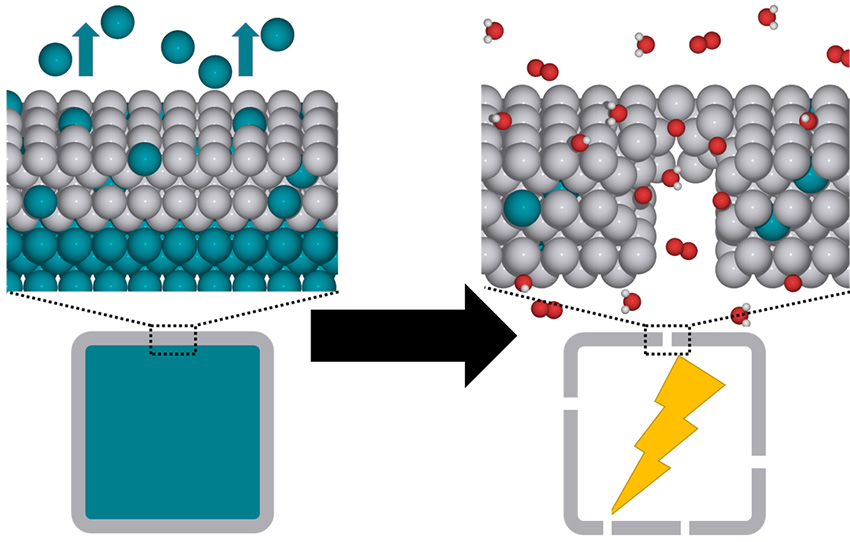
Hollow shape-selected platinum nanocages represent a new class of highly active catalysts.
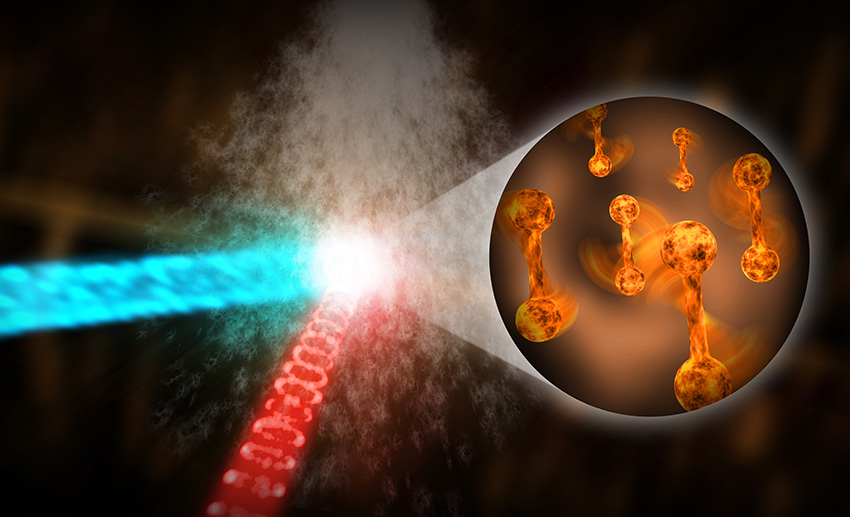
The world’s fastest images of nitrogen molecules rotating in a gas were captured using electron diffraction.
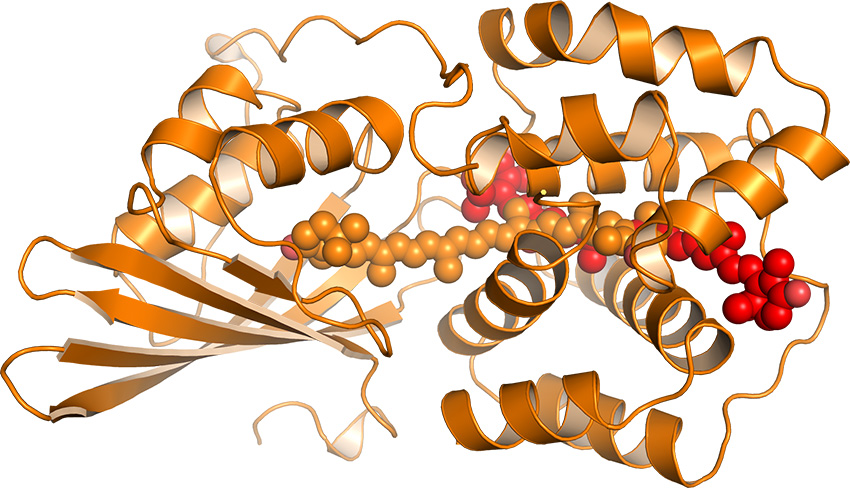
Molecular movements triggered by light redirect the flow of energy through photosynthetic cells to protect them from sun damage.
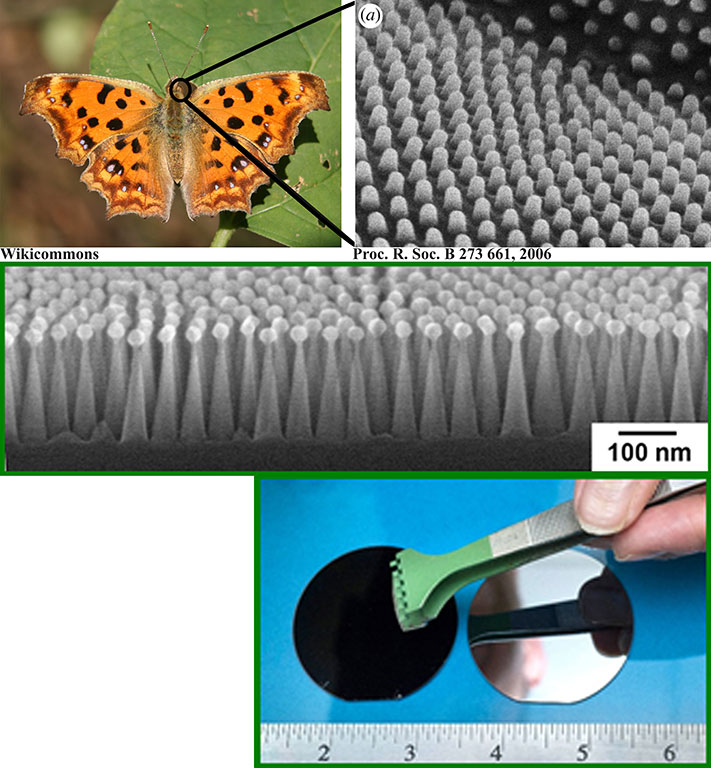
A novel approach to design and assembly of nanotextured surfaces on photovoltaic devices could improve energy collection.
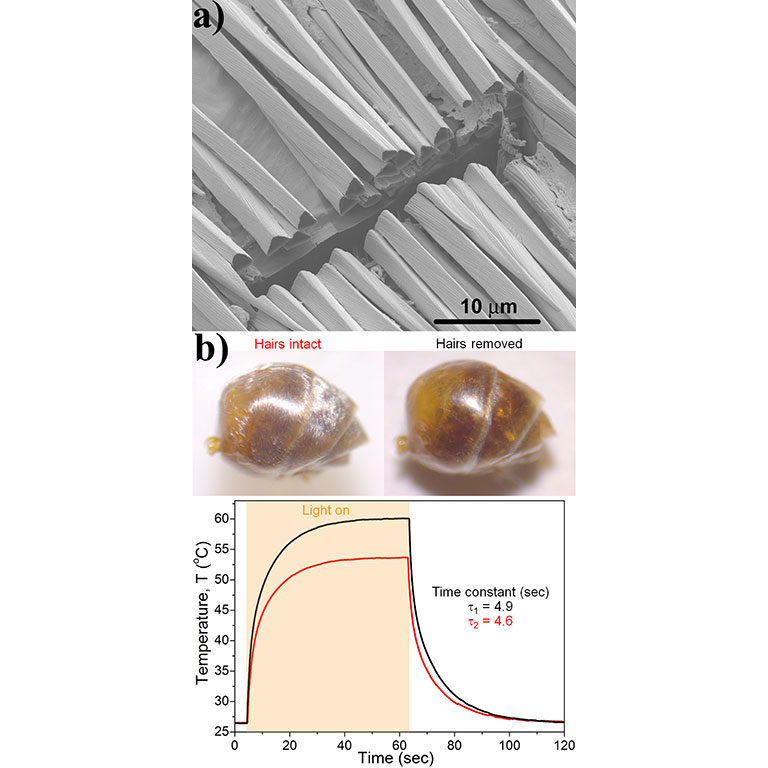
Findings could lead to biomimetic coatings for passive radiative cooling technologies for buildings and vehicles.
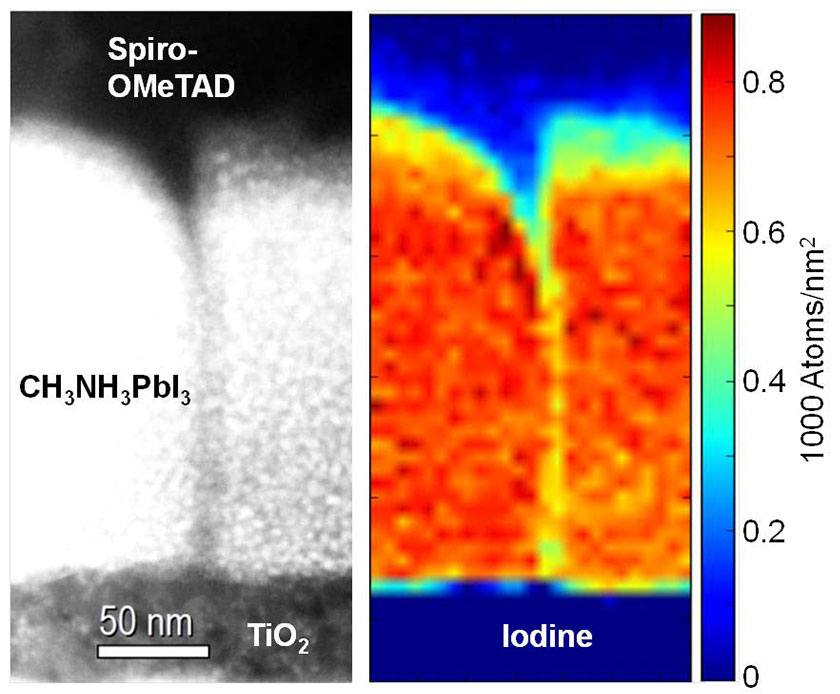
Boundaries between crystalline grains - usually detrimental - can also boost charge collection in hybrid solar cells.
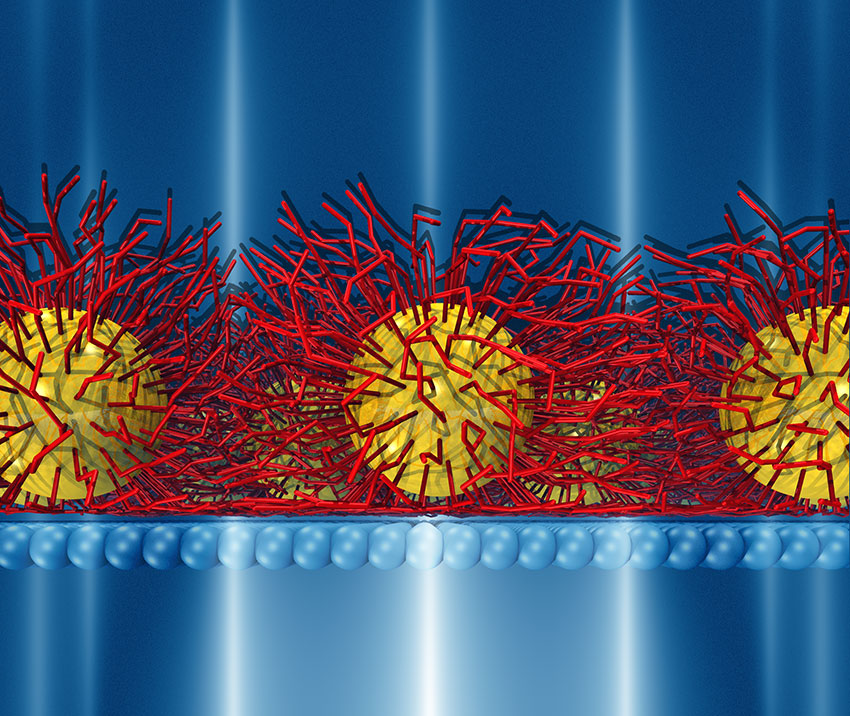
Sub-nanometer molecular asymmetry between the two different faces of nanoparticle membranes formed at air-water interface is revealed.
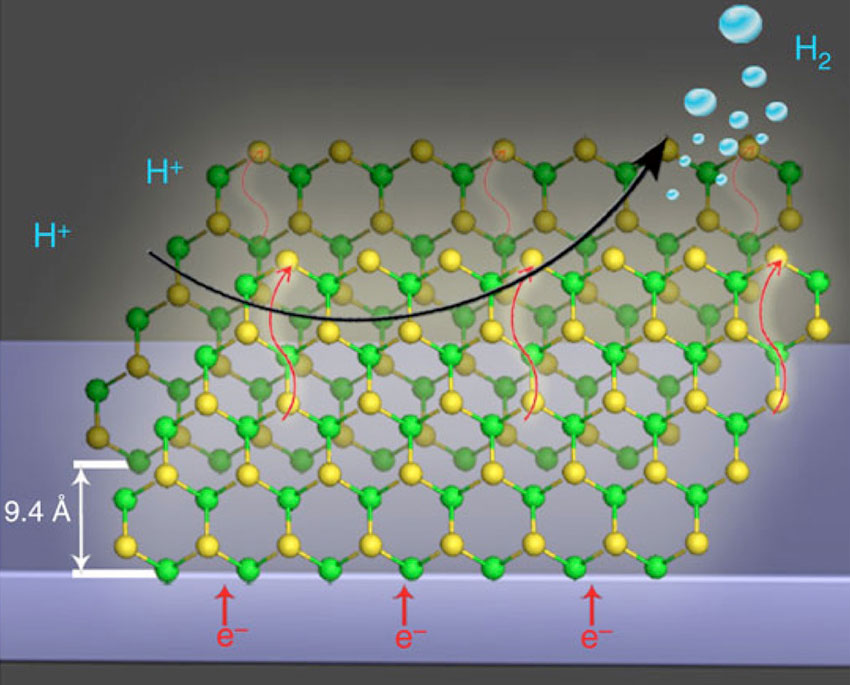
Scientists synthesize what could be a low-cost, earth-abundant material that splits water to make hydrogen fuel.
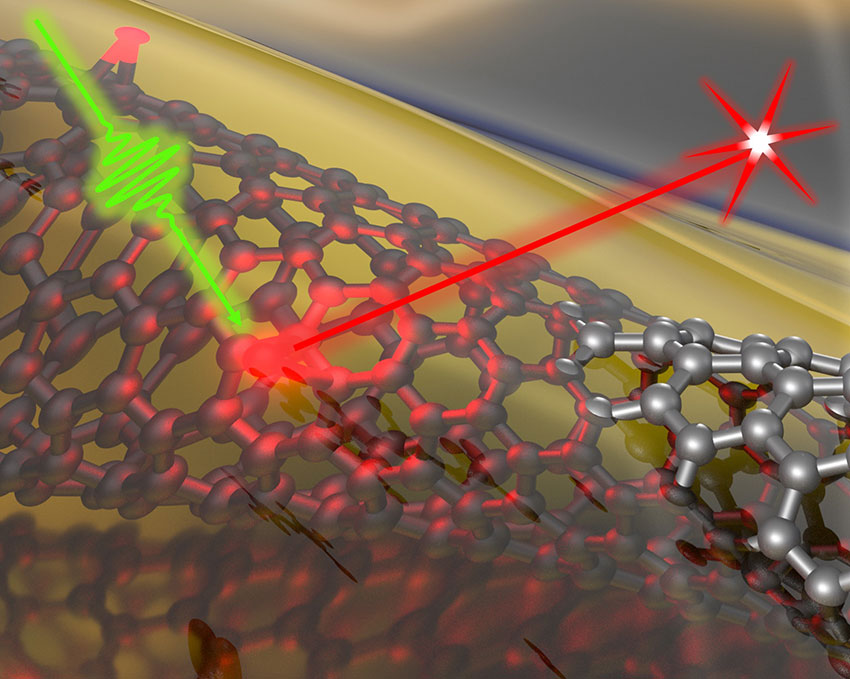
Demonstration of room temperature, single photon emission in doped carbon nanotubes opens a new path toward quantum information technologies.
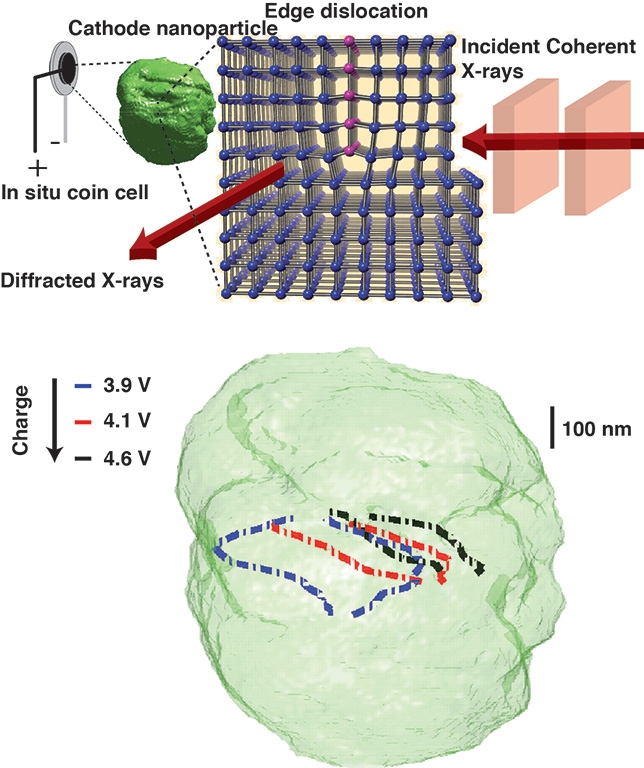
Penetrating x-rays can image defects and phase changes during battery charging and discharging.
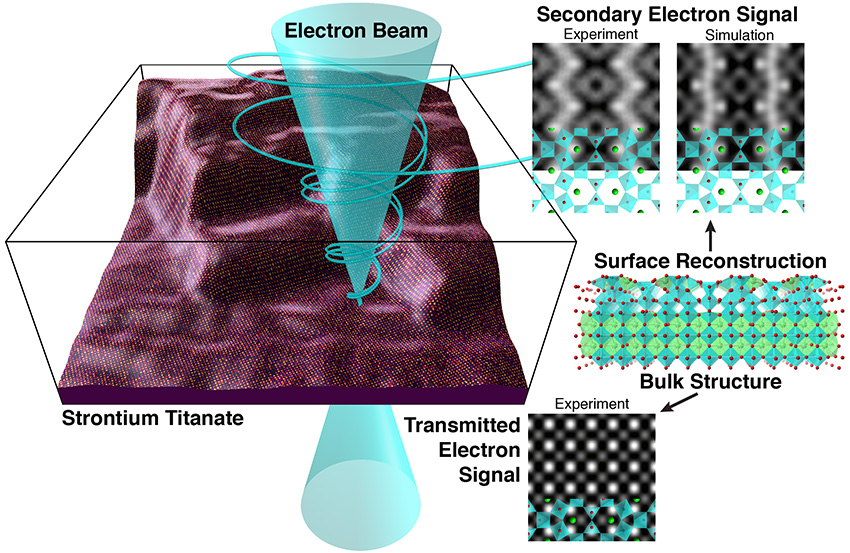
Researchers use surface-sensitive signals to atomically resolve the structure of a rough surface.